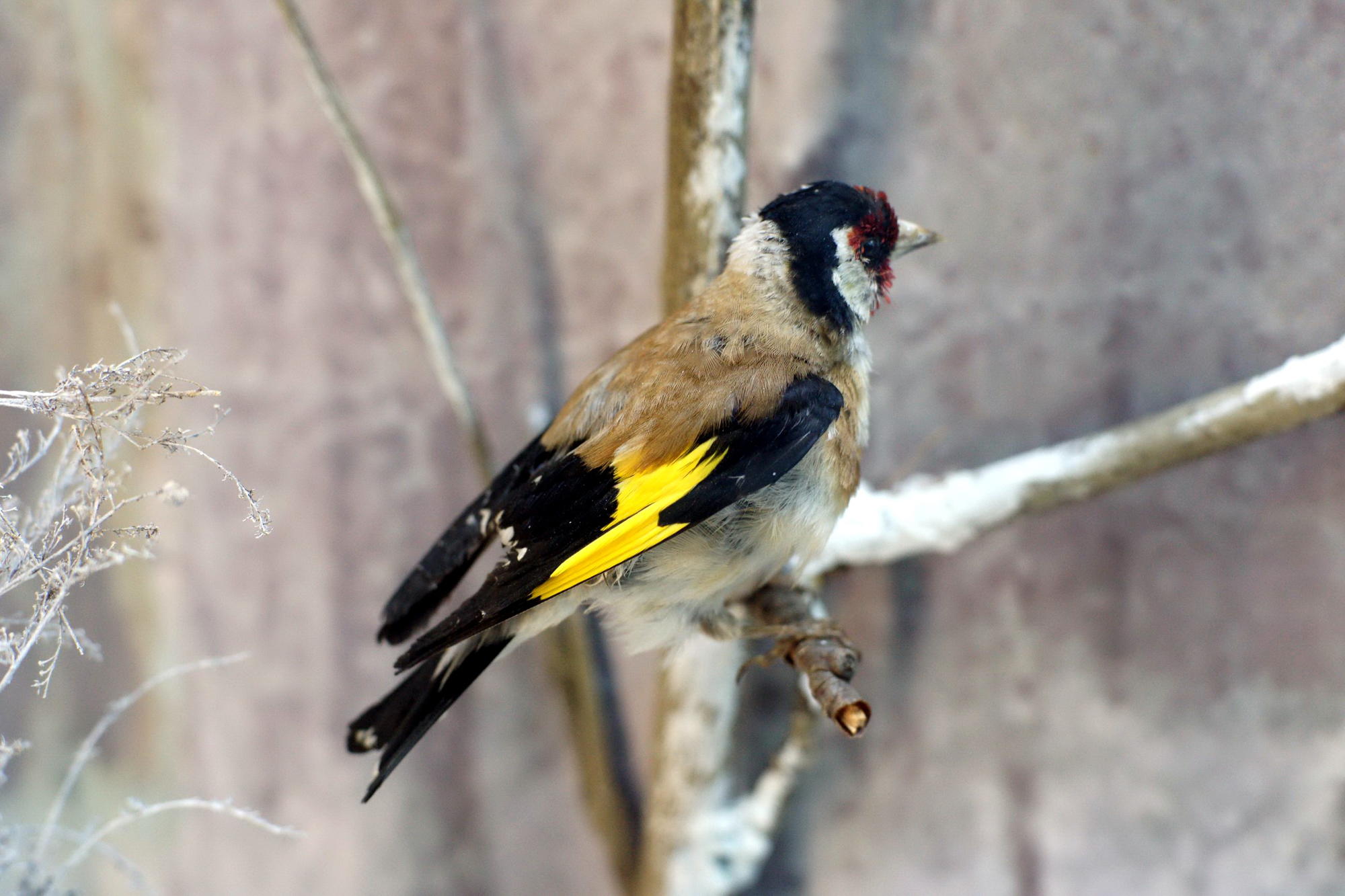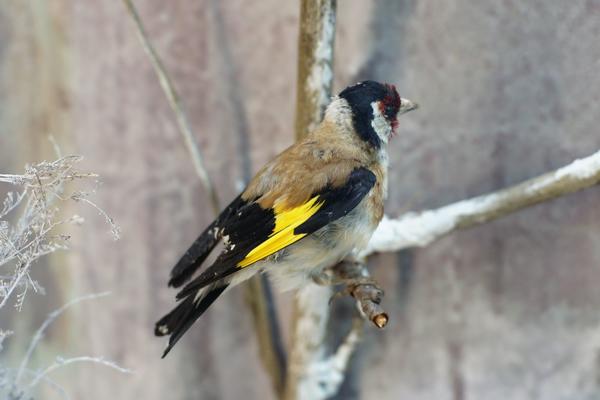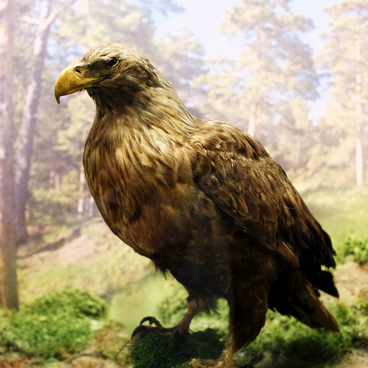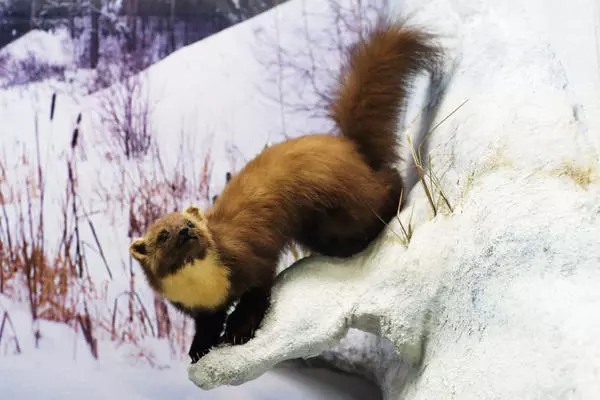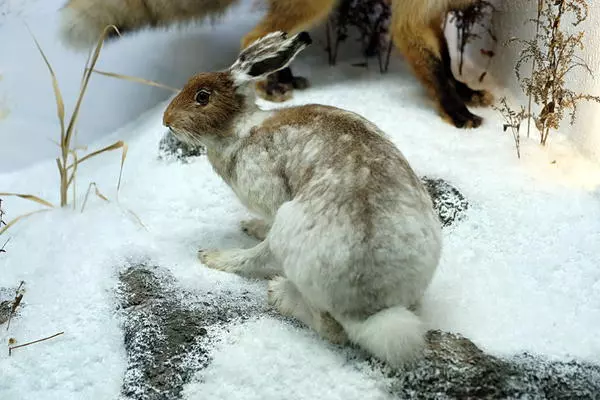The goldfinch is a non-migratory bird belonging to the Fringillidae family (true finches). It has been given this name as it stands out among its relatives due to the bright and colourful feathering.
#1
Sergey Nikolayevich Evseyev
European Goldfinch
#3
#16
In ancient times, this small bird played a prominent role in religious motifs. It was often depicted in icons. For example, in the medieval icon of Madonna Mostetskaya, baby Jesus holds a goldfinch in his fist while his mother holds him in her arms. The goldfinch as a Christian symbol was an emblem of spirituality and the future suffering of the Son of God. According to an ancient legend, it was the goldfinch that took a thorn out of Christ’s eyebrow on his way to Calvary. At that moment, a drop of blood fell on the bird’s feathers.
#5
Goldfinches live in Europe, North Africa, and Western Siberia; in coastlands of the Mediterranean, Black, and Caspian Seas, and the Arabian Peninsula. The bird flies with an undulating pattern, and on the ground it gets around by hopping. In spring, goldfinches live in pairs, and during the other seasons they form flocks of five to ten. In the end of summer, the flocks start wandering across fields and forest edges to find seeds of the burdock and other herbaceous plants. In winter, in search of food, they populate wastelands, vegetable lots, and flower gardens.
#8
From late February to August, occasionally in autumn, goldfinches sing. Their singing sounds like fast chirping, trills, and popping.
#6
‘Goldfinches, their glassy, lifeless ringing. . . “.
In October 1917, Ivan Bunin wrote a poem in which he mentioned these sounds.
#7
The birds nest in fringes of deciduous forests, in gardens and parks, and sometimes form colonies. They usually make their homes in high side branches of trees or in bushes. The goldfinch”s nest is a ball-shaped structure. It tightly weaves thin stems, narrow leaves, and small inflorescences of herbaceous plants to make the outer walls and frame.
Also, the bird uses pieces of moss, plant fluff, and birch bark. The goldfinch fills gaps between the nest rods with spider silk. At the bottom it lays a thick layer of willow and poplar fluff. Sometimes it adds horsehairs, wool, and down feathers.
#10
The goldfinches usually lay three to seven eggs. The female broods them for 12-13 days, while the male brings her food. The younglings leave the nest on the 14th day of their life. Food for them is always supplied by both parents. In spring and summer, they feed their chicks with leaf and flower buds, spiders, and insects.
#17
Kuzebai Gerd National Museum of the Republic of Udmurtia
читать дальшескрыть
00:00
00:00
1x
European Goldfinch
Время создания
2011
Техника
Taxidermy
Выставка
3
Открыть в приложении
Поделиться
